The essence of a city can be felt in its streets, and nothing conveys that energy quite like the direct, unfettered forms of expression that make up street style. Recently, while ambling through the many unique neighborhoods of Brooklyn, I was bowled over by the creativity on apparent display—a living gallery of self-expression that eschews the commonplace and revels in the individual. Everyday urban life is a kind of runway, and the people who populate it the kind of models one sees in the illustration of a look that veers toward either art or attitude.
I was recently at an off-schedule pop-up event in Williamsburg that featured an explosive selection from local streetwear labels as well as international beacons like Supreme and Off-White. The buzz was unstoppable, electric. But one look in particular modeled the moment: a vintage reworked bomber with accessories not just layered but utterly welcomely piled.
The model had married the emerging brand PLEASURES (from the creators of the Leather Jacket PLEASURE TOUR) with the stark minimalism of what Kanye seems to think a “Yeezy” should look like (his silhouettes are the ones that are always on the edge of a subway and appear ready to serve a day in court). Street style continues to unleash the daring concepts (and seemingly impossible combinations) that make the sidewalk a runaway stage. The street style that I saw at the recent LAFW (Los Angeles Fashion Week) speak to the effortless style sometimes associated with Los Angeles and, more so, California as a whole.
These outfits were decidedly unfussy. Yet, I would argue, they also demanded a bit of respect because many of the looks were either pulled from the halfpipe (in the case of Los Angeles’s own skateboarding culture) or put together with the simple ease achieved by most who are enrolled in any of the style-guide books authored by the likes of David Beckham or Derek Blasberg. While untouchable as a makeup artist, Blasberg as a stylist paints with colors and shades that reek of youth; colors and shades, I might add, that work equally well on the guys and girls in these halfpipe-to-high-fashion looks that signify the past, present, and future of street style in Los Angeles and elsewhere.
Not long ago, I found myself in downtown LA, attending a not-so-impromptu meetup of street photographers and fashion bloggers that my friend Hannah had organized. As we wandered the vibrant streets of DTLA, the conversation naturally gravitated toward the people who are reshaping street style. One of the most intensive moments of this conversation came when we stopped to circle a mural dedicated to a legendary streetwear icon.
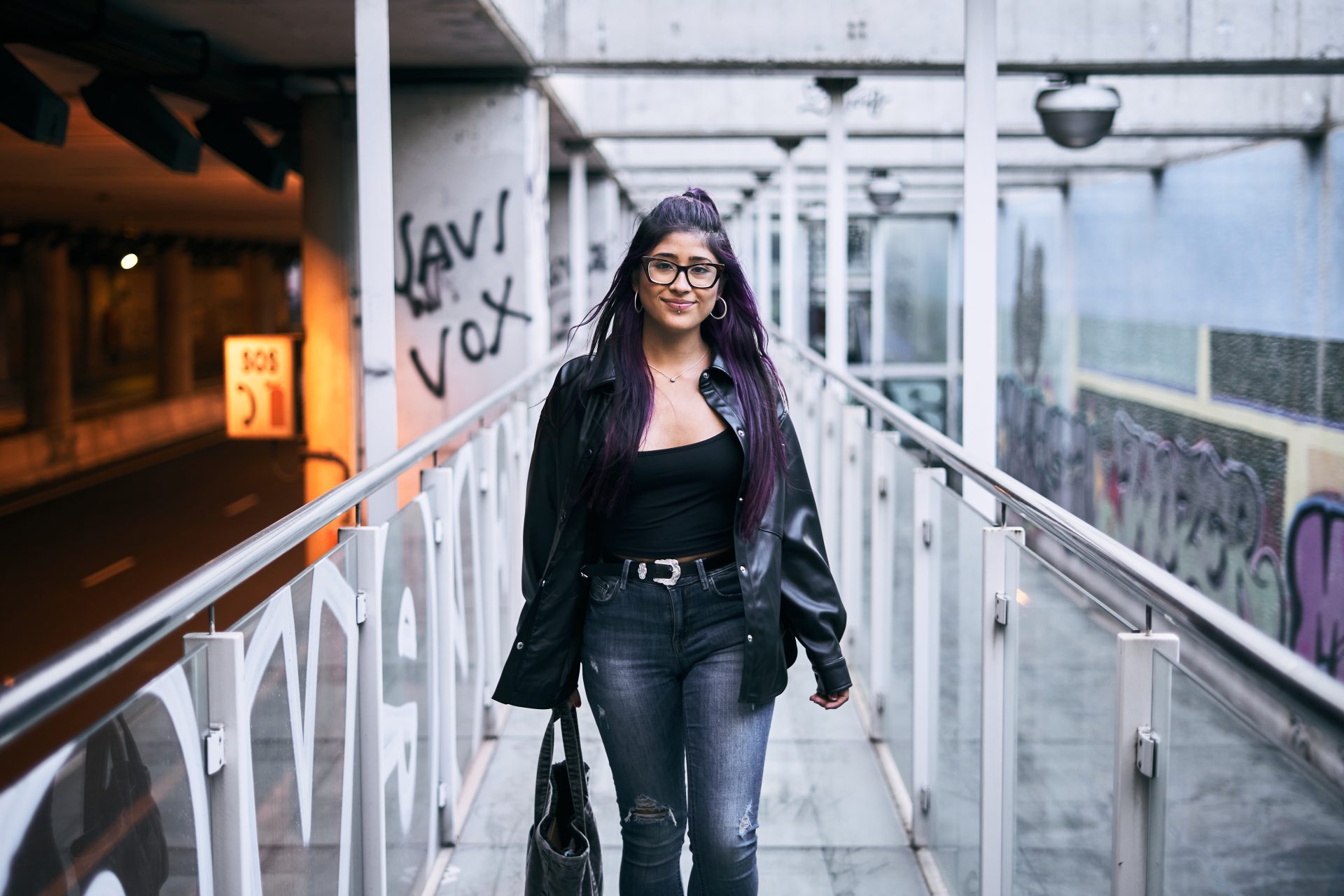
The mural was fresh; the paint still dripped. Standing in front of it, I felt that surge of pride and rebellion that street style is all about. To me, this is what it means when we talk about the power of street style as an influence on global fashion trends.
Amidst all this, my thoughts drifted back to a recent collaboration I saw between a well-known sportswear company and an avant-garde designer who’s notorious for upending the way things are normally done. They had a collection that came out recently. A small pop-up store in a trendy downtown location held the unveiling for it—modest, but what a moment.
Each piece, if you can call them that, was infused with elements that can only come from street culture, and if anything, the collection smacked you in the face and said, “We don’t care if you like it,” which, of course, means that street style is alive and well. This urban narrative isn’t limited to the catwalks; it spills over into the everyday. A few recent evenings in the heart of the Lower East Side found me sitting at an outdoor café watching a vibrant mix of people pass by.
Each ensemble I saw was a conversational provocation, an easy-to-read text that hinted at the life lived. My eyes lit upon a young woman in a hand-dyed hoodie from a local label. Her look skillfully straddled the line between urban practicality and avant-garde bravura, topped off with a pair of sneakers that had seen enough city action to earn their keep.
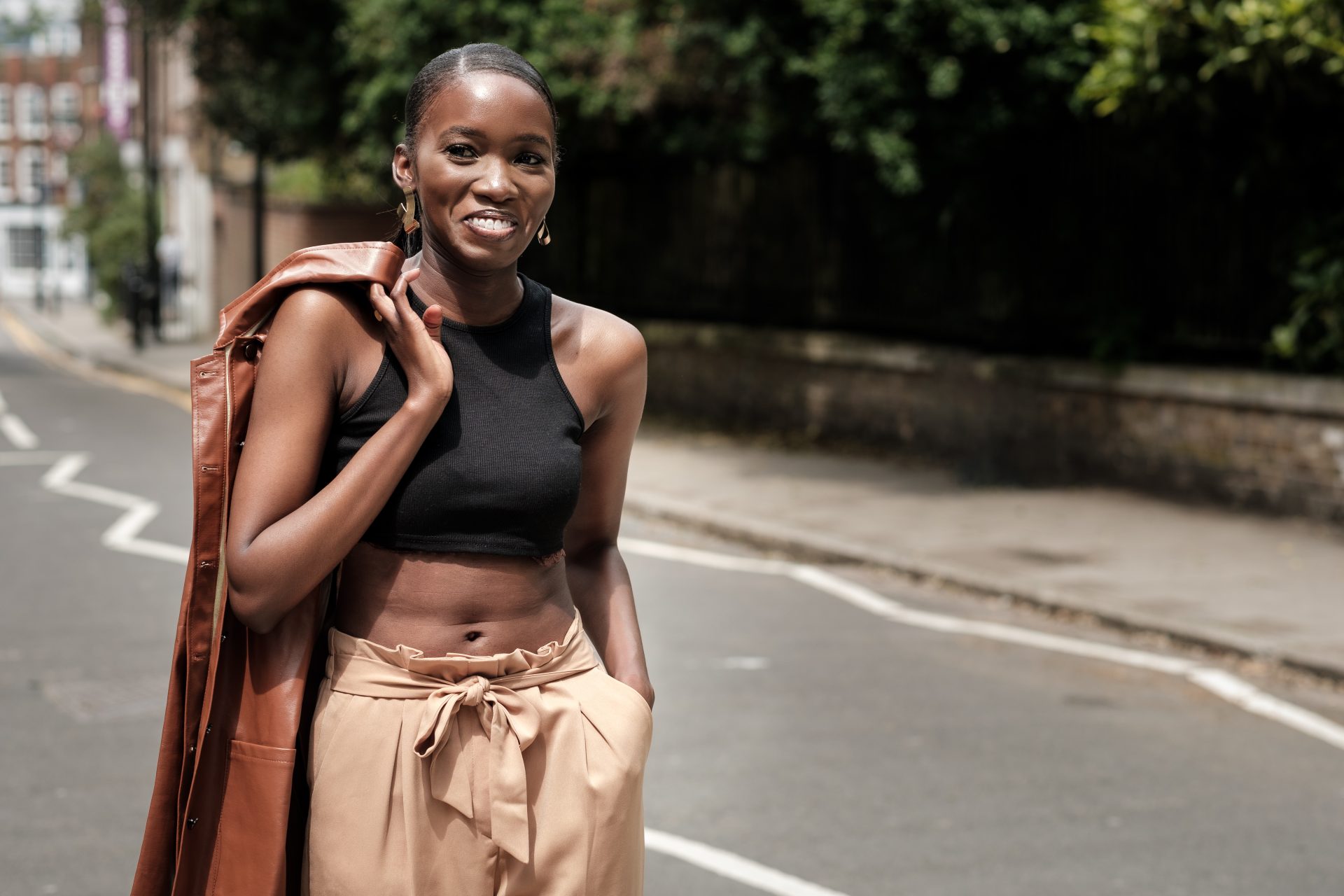
And yet, these looks are uneasy signs if you take into account the order from which they emerge. The rise of digital influencers and social media platforms has also shaped the evolution of street style. Recently, I attended a panel where real experts on the subject (along with a couple of influential bloggers) dissected for my benefit not only Instagram’s current global street style agenda but also the show and tell power of such up-and-coming platforms as TikTok and Pinterest.
What was said during the panel, however, was not as eye-opening (for me, at least) as the charged exchanges that took place around the panel. One designer, of a label that is definitely in the mix of our current street style vernacular, shared the thoughts below about street style’s relationship to both design innovation and cultural narrative. A recent streetwear festival in Los Angeles provided a moment that was particularly striking.
As I flowed with the mass of trendsetters and creatives, I came across this pop-up having a collaboration between a vintage denim brand and a contemporary designer. This was no ordinary collection. It looked backward and forward at the same time, half-dreaming of the classic American workwear revolution, half-inventing the near future of fashion 101.
For the better part of an hour, I stood at this stall and talked to its owner about the pieces he was showcasing. There was no rush. There was no real reason for me to be there.
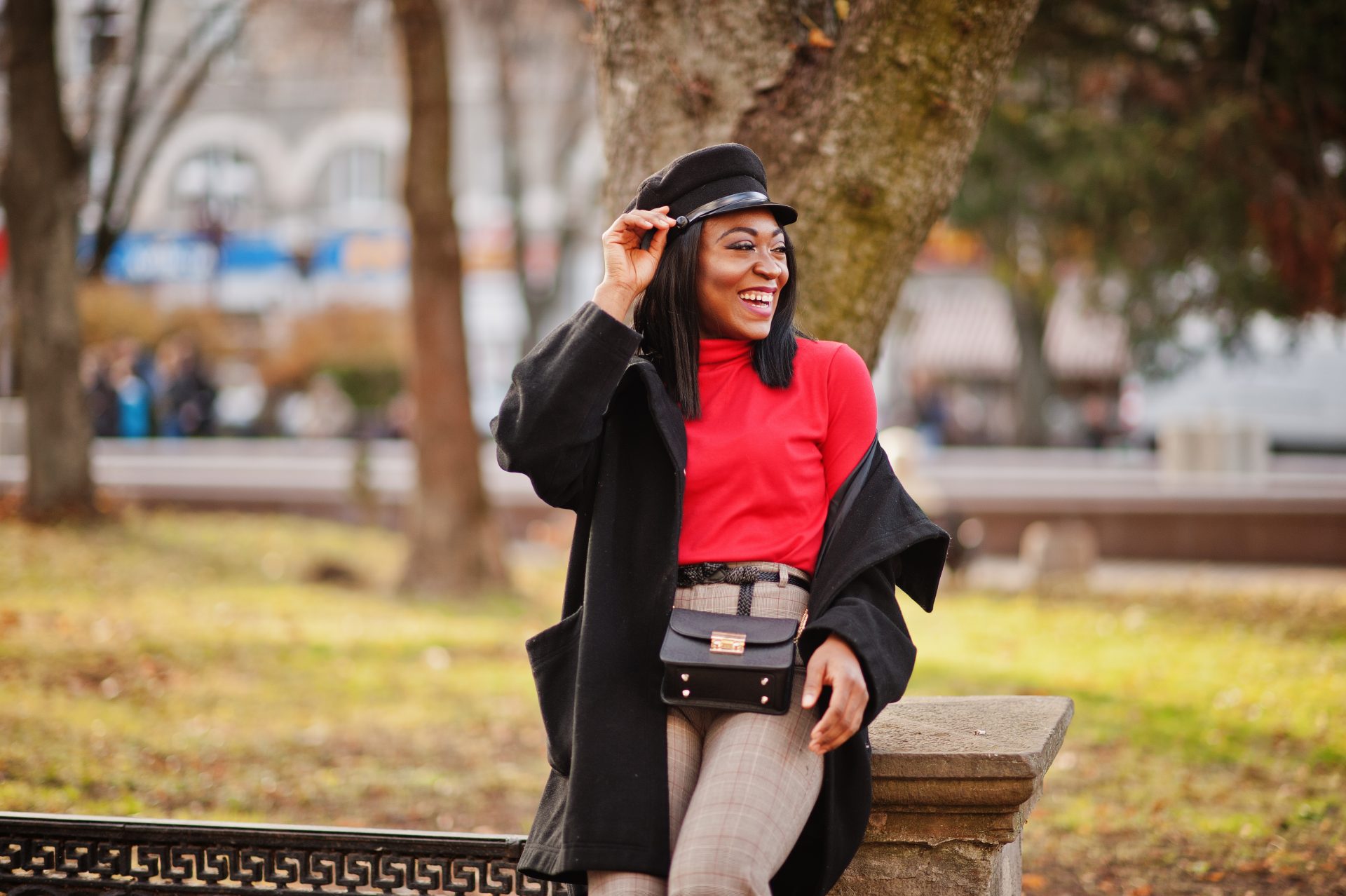
Still, I had a good time. And in some ways, it all felt like a very LA moment. These real-life encounters with the opposite sex have left an impression that I’m sure will last a lifetime.
I used to think that street style was a pretty light, surface-level topic. But now I realize that it’s anything but. Street style is an expression of our times and a reflection of the many ways we are divided and the few ways we come together.
It’s a showcase of who we are as individuals and as a culture. I don’t take street style straightforwardly anymore. I appreciate what’s behind it.
And because I appreciate what’s behind it, I have a (probably pretentious) way of thinking about it. I’m met with a glee of diverse voices and styles every time I venture into urban sprawl. It’s an experience that’s as personal as it is communal.
It’s the creative risk of a seemingly perpetually happy design aesthetic. It’s the unfettered experimentation of sidewalk performers. And most important, it’s the fashion of real individuals on the street.
Fashion should not be confined to a few happy design aesthetics that exist mostly in airports and hotel lobbies. Nor should it be limited to unfettered art happenings, most of which are confined to art galleries and the handful of real street corners that make up the art scene. As I keep on sifting through the boundless space of urban style, I remain dumbfounded by the countless ways in which street style embodies the heart of our times.
It is a creative explosion without limits—a lively and rebellious expression that upends the barely discernible rules of good taste. The streets pulse with energy, and every look is an artwork unto itself. The non-narrative narrative of street style is one of constant artistry, and if there is a common thread running through all looks, it is a vibrant embrace of individuality.
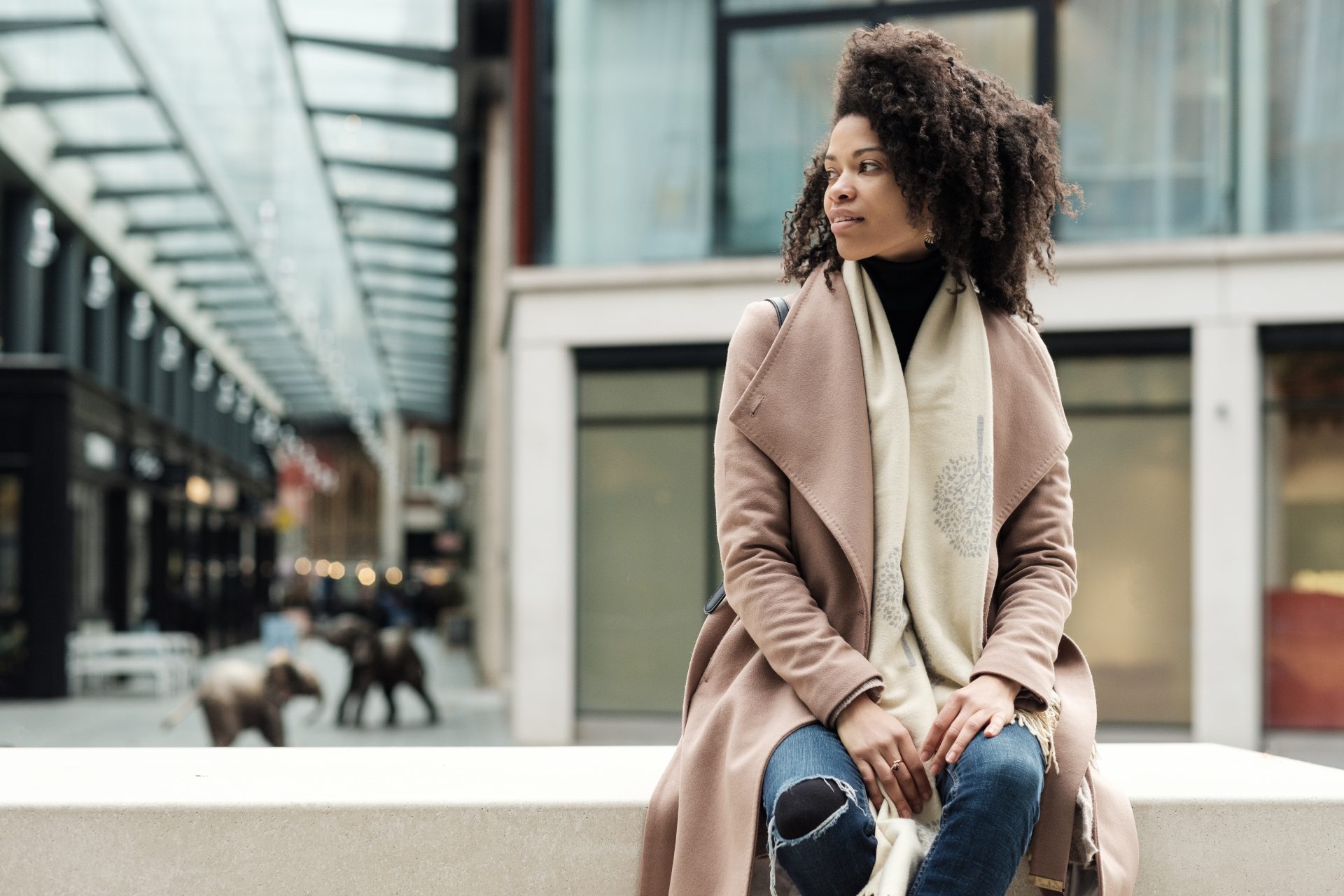
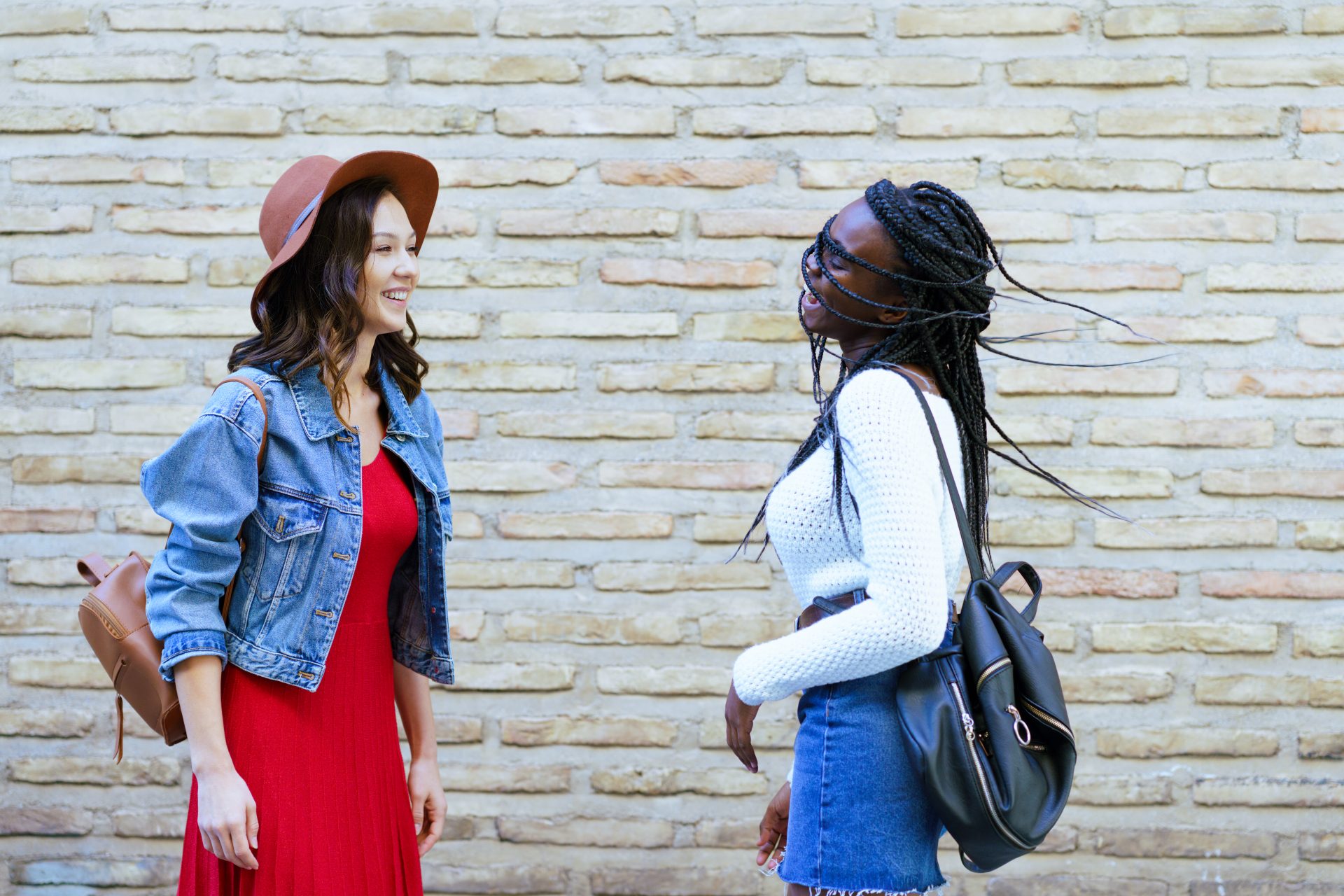
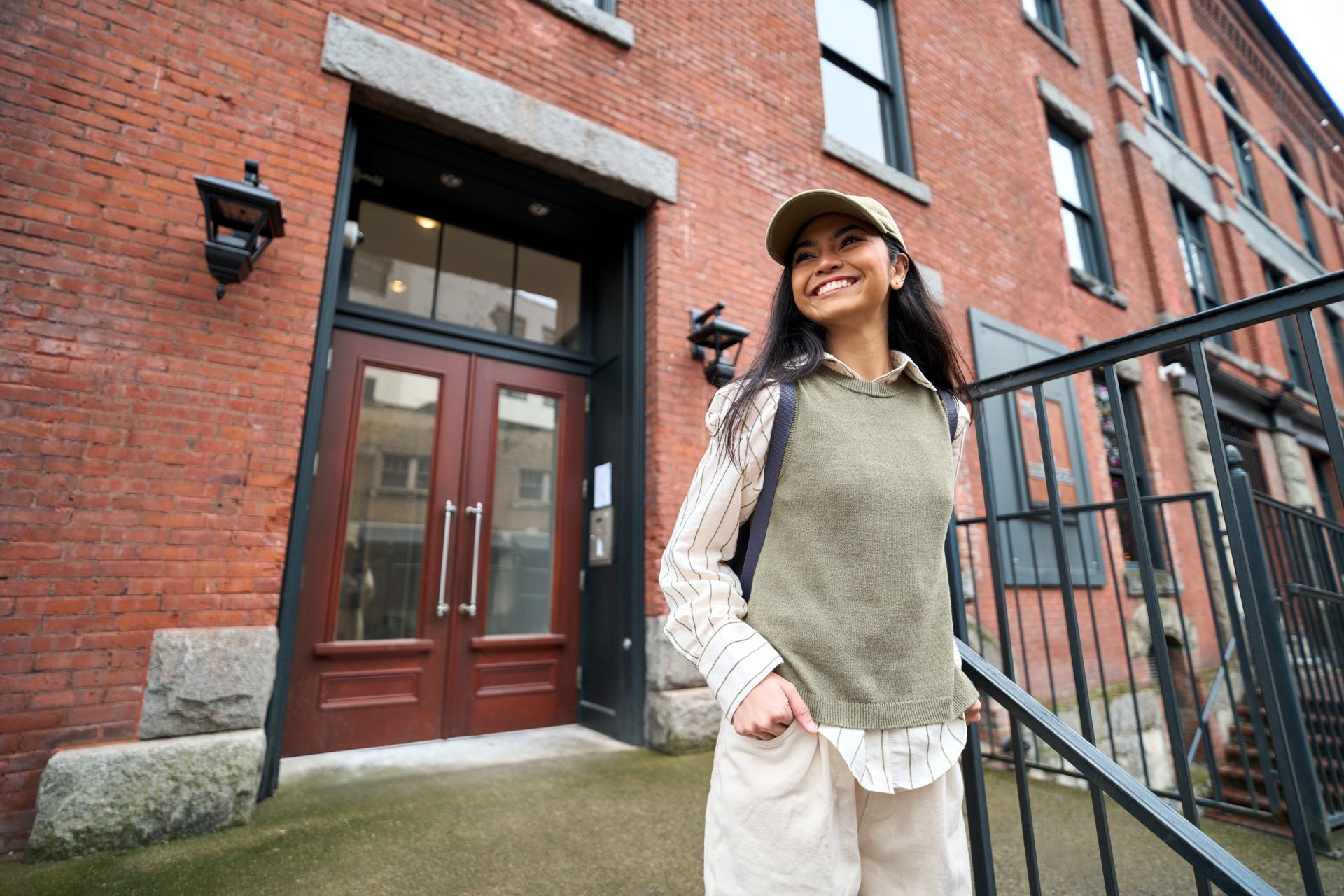
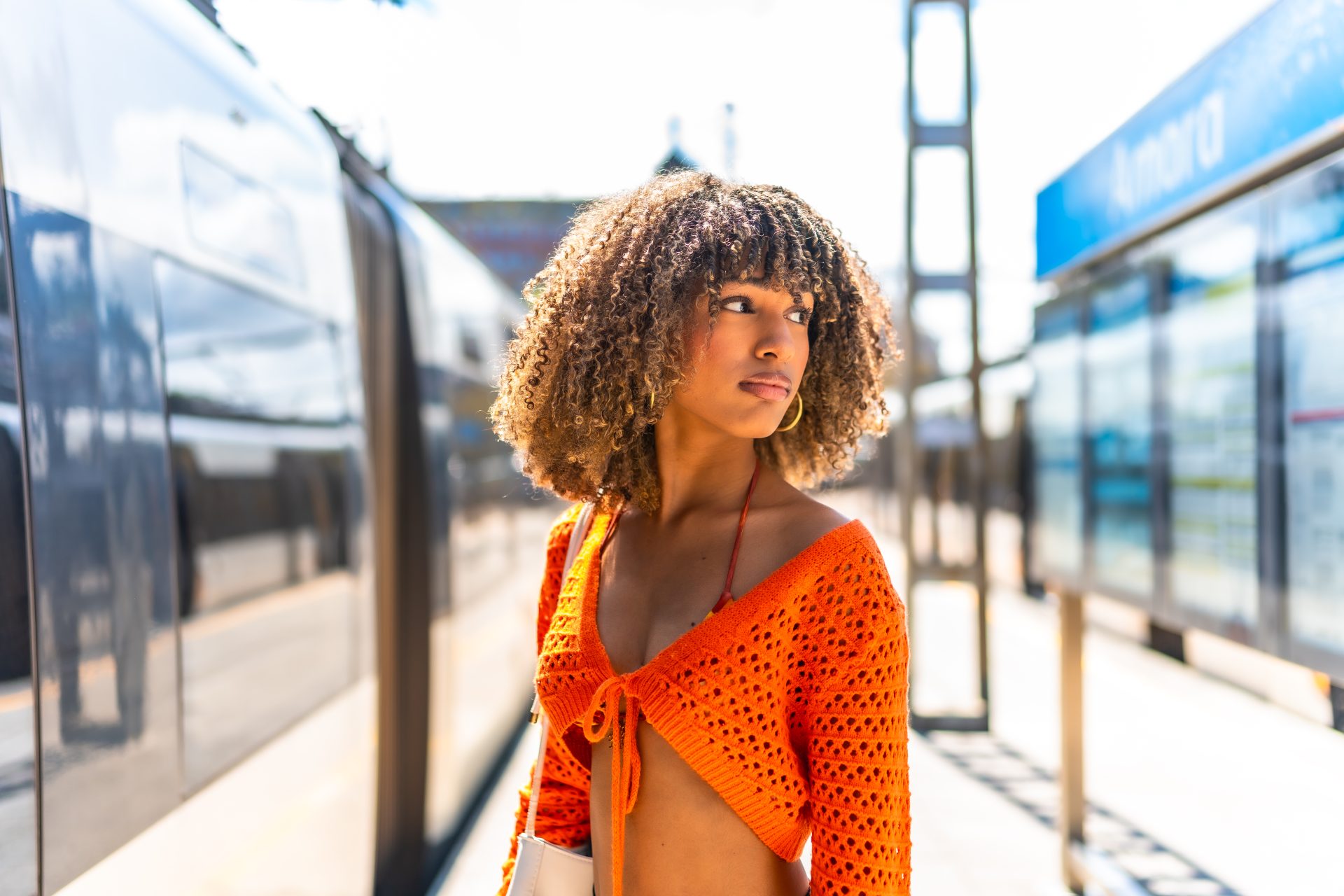
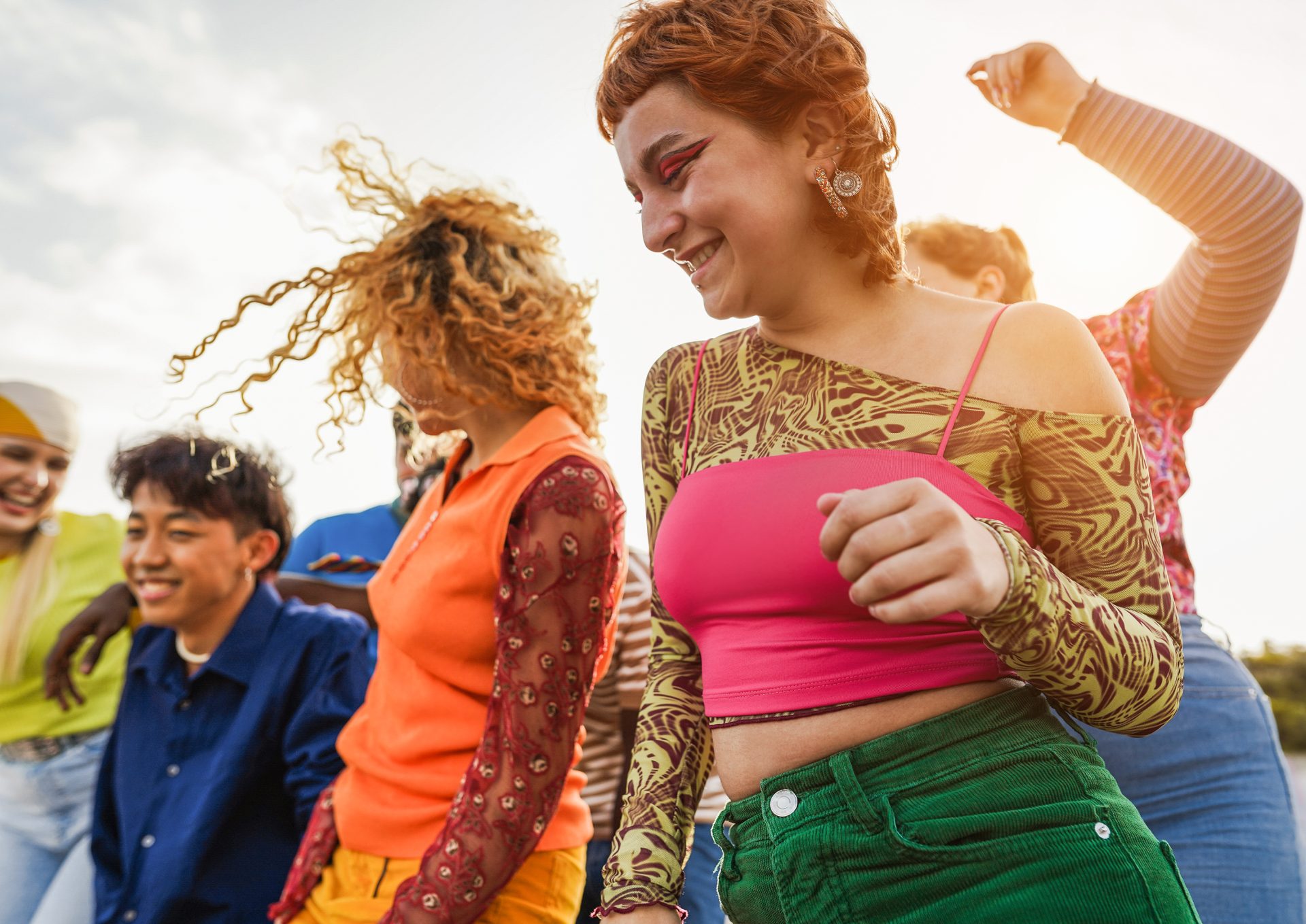
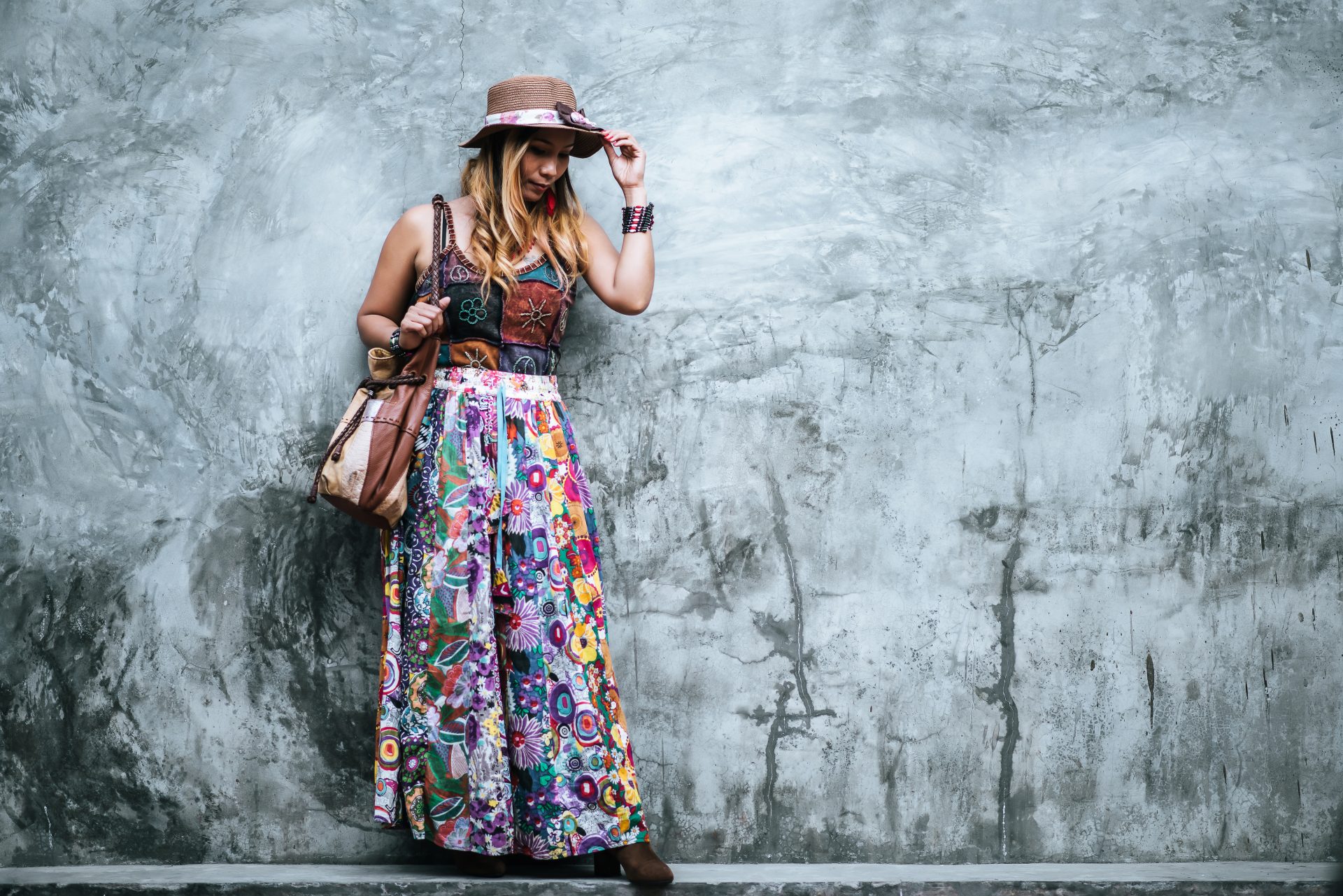
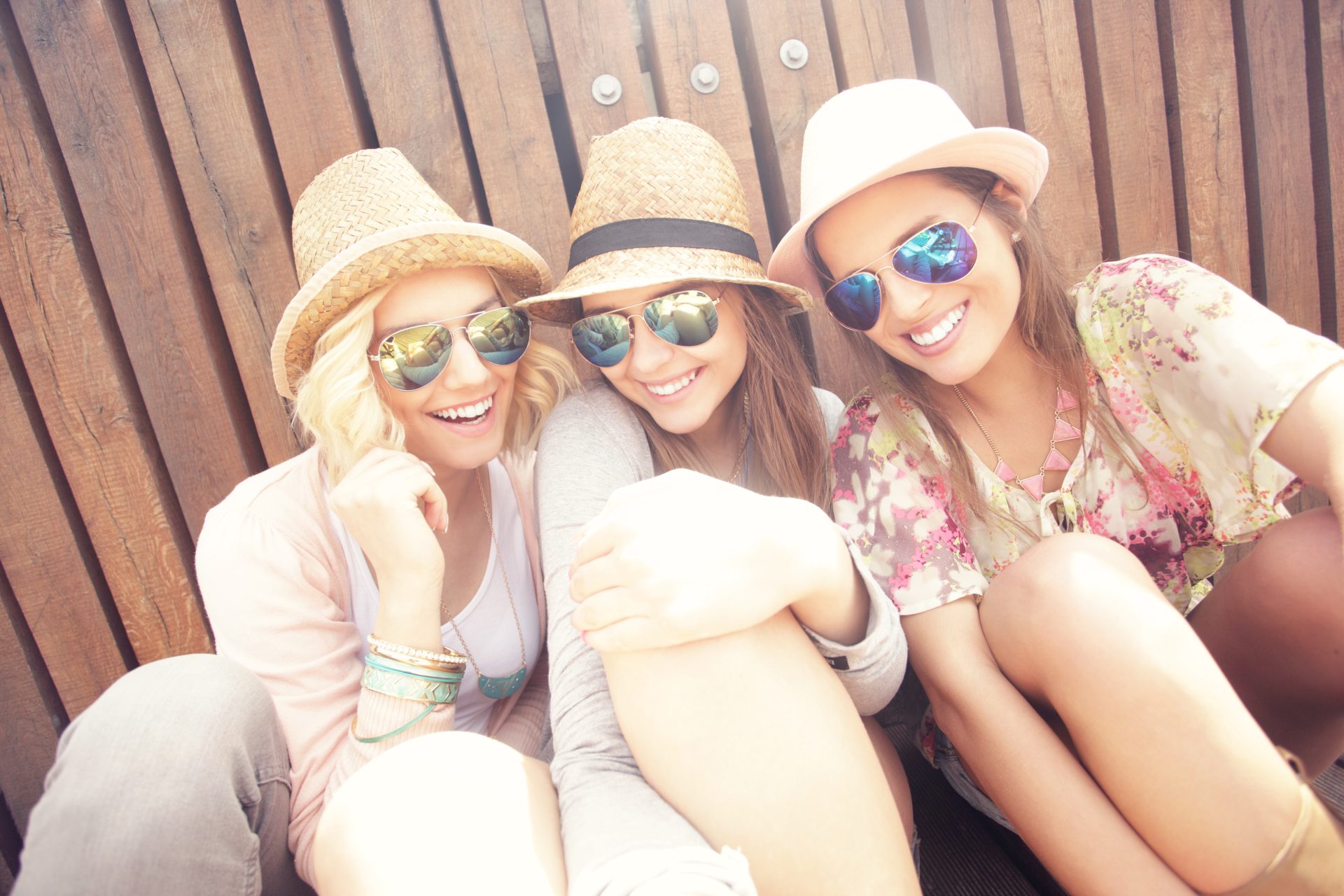


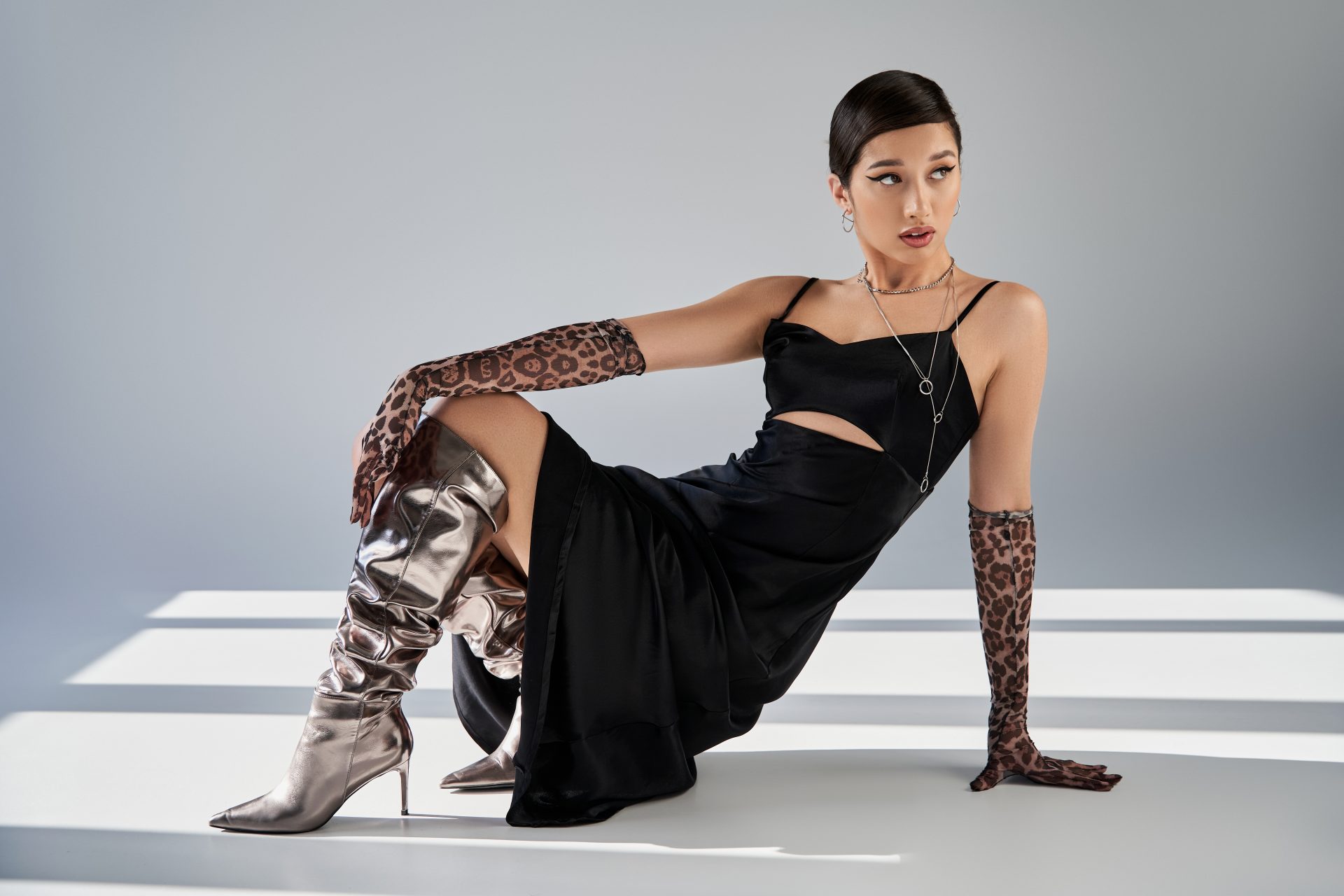
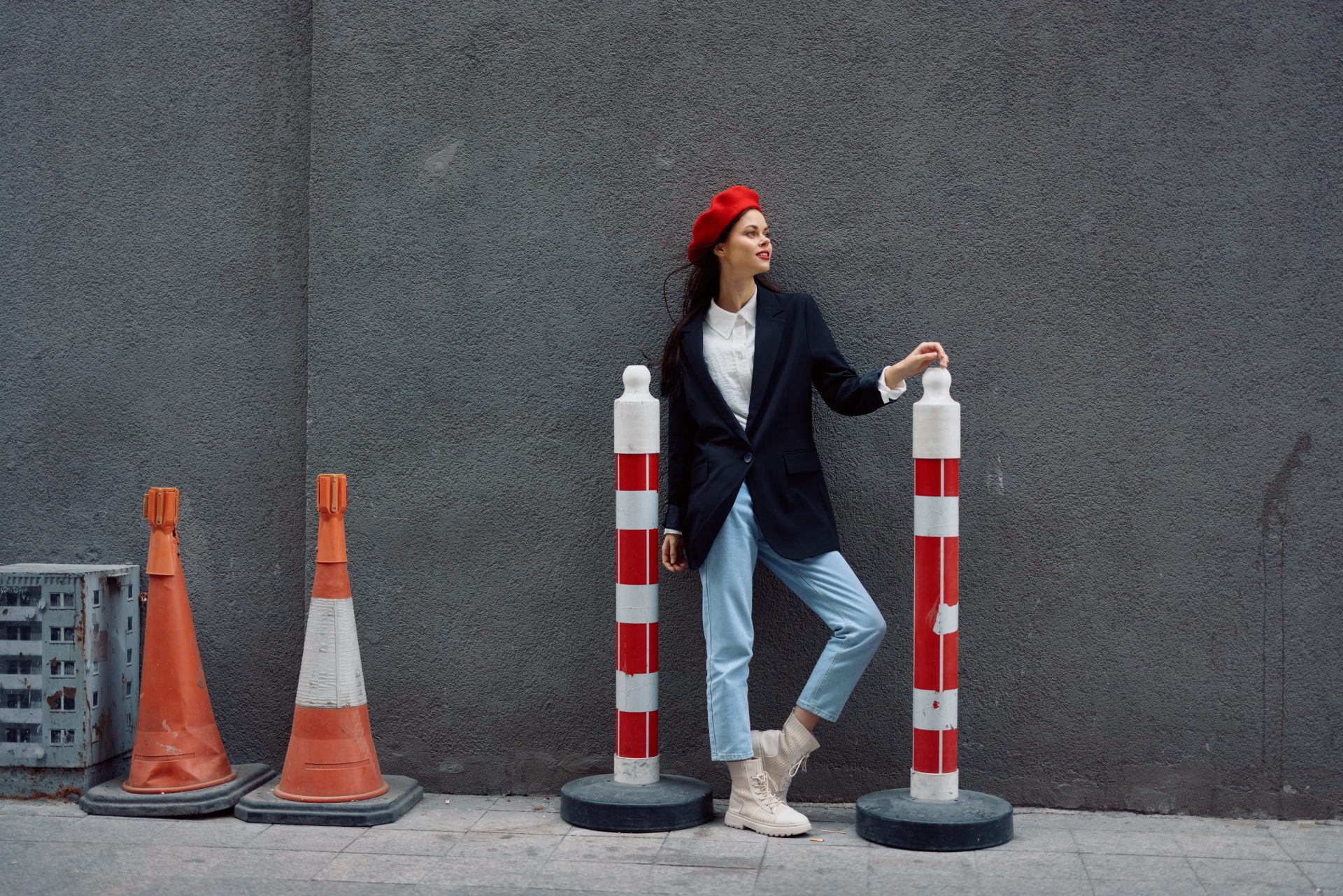

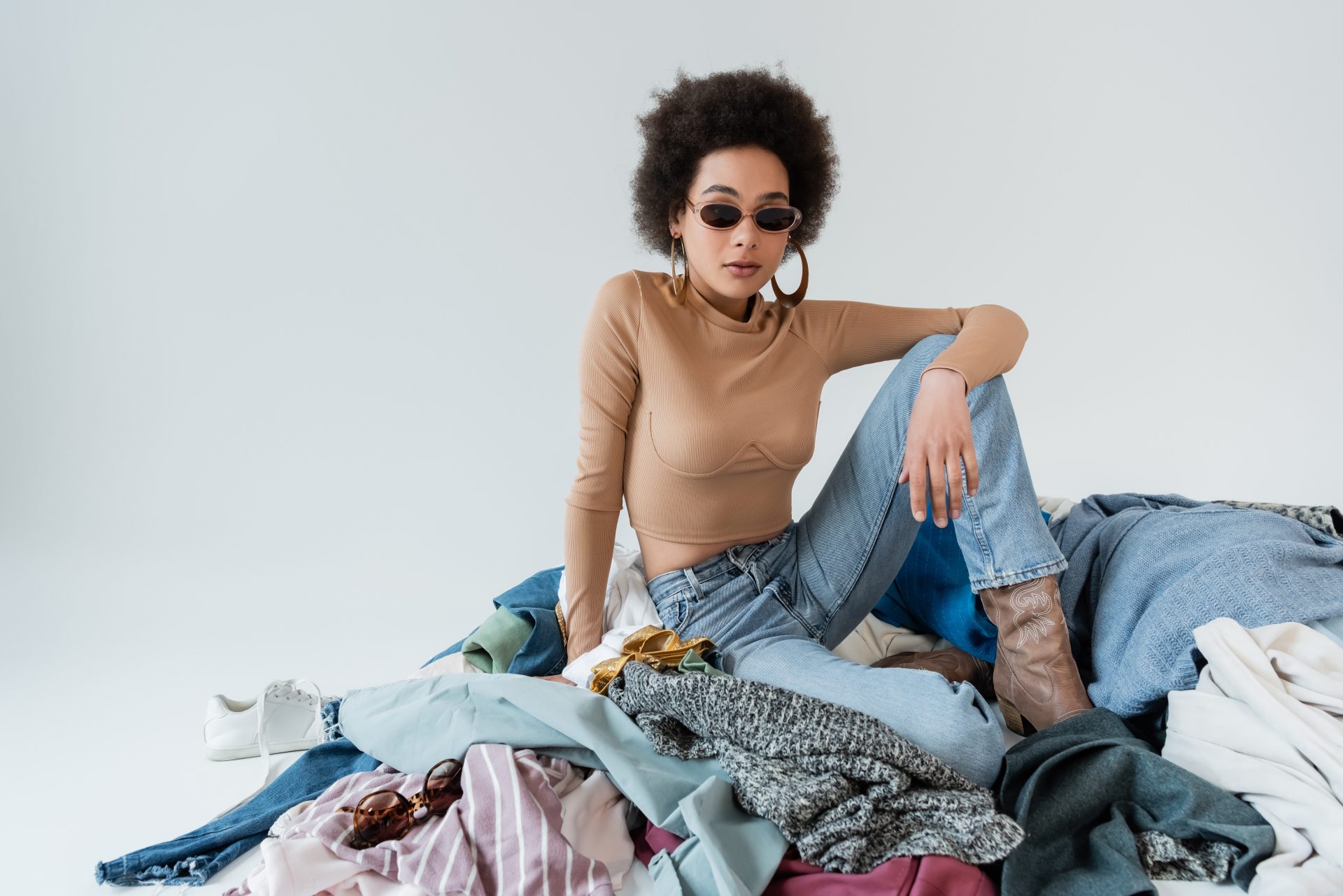
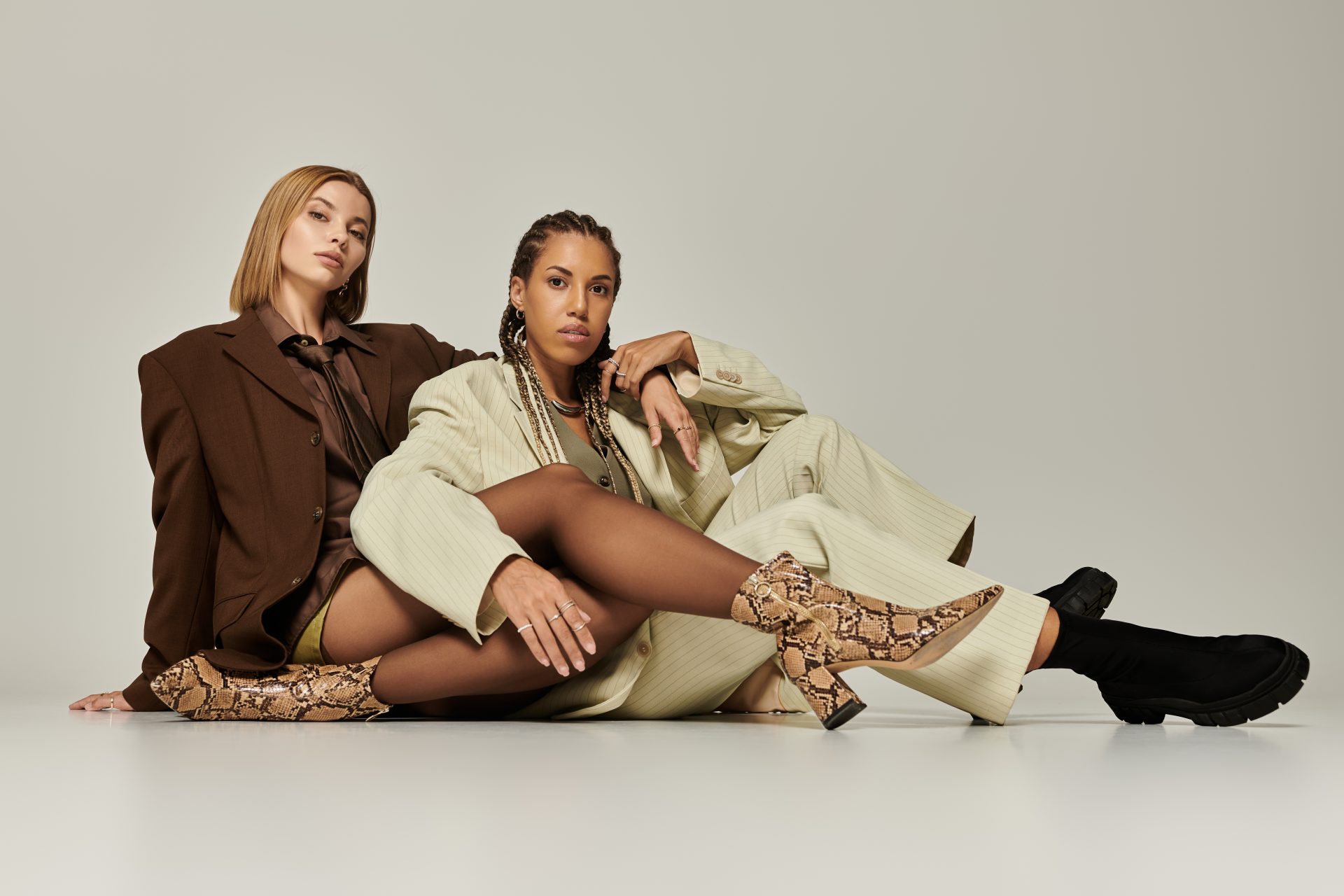
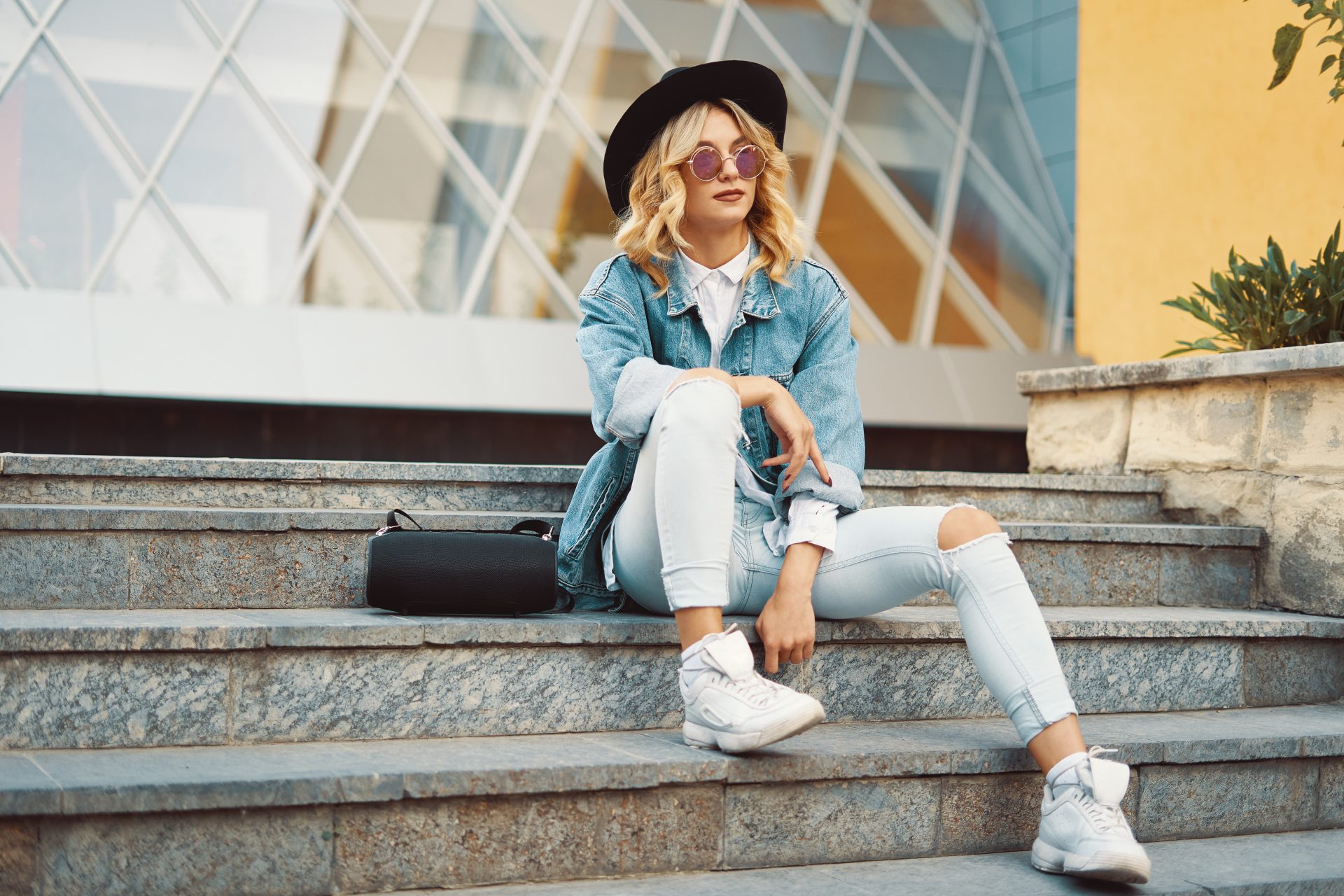
0 Comments